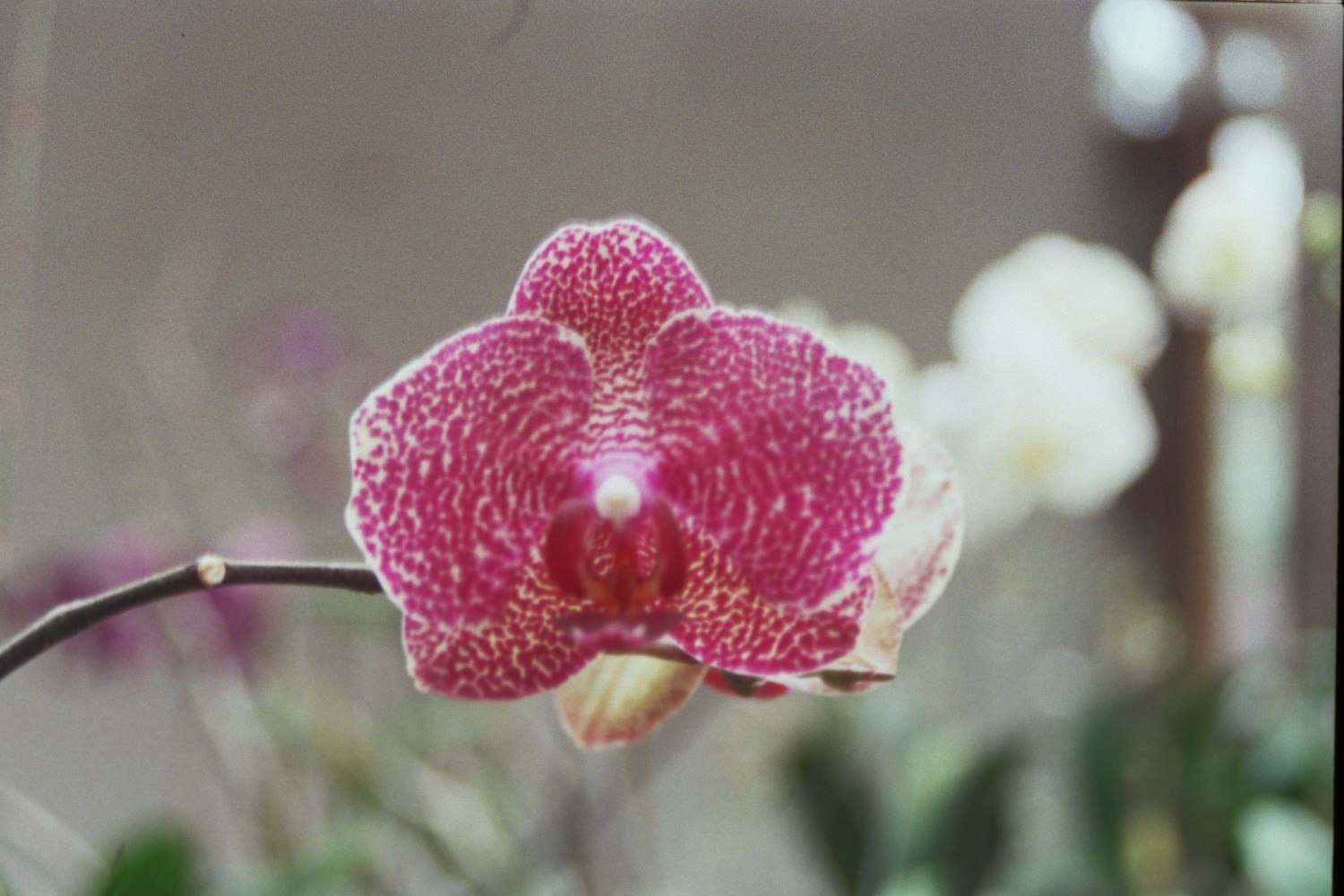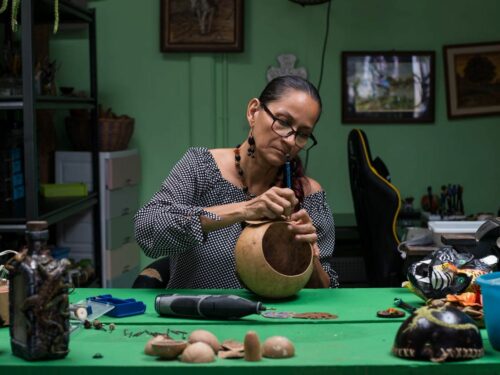
When I plan, grow, and eventually observe a native plant garden, I’m always thinking about what the plants are DOING rather than how they appear. This, of course, is unlike the typical gardener’s perspective where “beauty” is equal to “visually pleasing.” To fully appreciate a native plant garden, one must sit down in it, wait, and watch — through the seasons if possible. Perhaps, even smell and watch at night.
Some native plants are not as showy as exotic garden cultivars, but they have a certain beauty that lies in their natural history. The plants of Nosara have evolved with, and interact with, the local fauna. They are involved in mutualistic relationships in which animals receive rewards from plants in exchange for their services, such as pollination or seed dispersal. Hummingbirds, fruit-eating birds, bats, butterflies and other insects all use plant resources.
In tropical areas such as Nosara, most plants depend on animals of some sort for pollination. Flowers usually provide some type of reward, and plants have ways of signaling pollinators. It costs the plant to make these signals and rewards, but of course, if they work, it is worth it since the plant will have better success at reproducing.
The most common rewards are nectar and pollen, but other rewards include wax, oils, resins, scent compounds, sterile flowers, or even a place to lay eggs or have sex. Color and scent play important roles in signaling potential pollinators. You can often guess what pollinates a plant by observing a flower’s color, scent (or lack thereof), size, shape, location on the plant, and time of opening. On a more detailed level, you could get clues from the percent and types of sugars in the nectar, as these vary according to the type of animal that a plant is trying to attract.
Many persons will approach a bright red flower in the rainforest and inhale only to discover that there is no perfume. Many flowers that are red, orange, yellow, and purple, and tubular in form, do not produce a perfume, because they use color as a way of attracting their chief pollinators – hummingbirds or butterflies. Flowers that do produce scents vary in color, but many of them are white, greenish, or light yellow or purple. Scented flowers have evolved to be pollinated by moths, bees, flies, and bats. Some white, tubular flowers, such as those of frangipani, produce heady, nocturnal perfumes that draw in night-flying moths. Bees see colors in the ultraviolet range that we cannot see, sobee flowers often use these colors, in addition to landing strips and markings, to guide the bees to the nectar. Flowers that smell like or have the same coloration as dead animals or dung attract fly pollinators. And in past articles, I’ve mentioned that bats pollinate kapok trees and some of their relatives. These nectar-feeding bats are attracted by a range of scents – some attractive, some rather musky or like rotten fruit.
Many orchids don’t offer nectar, but trick pollinators by mimicking odors or appearances of other flowers that do have nectar or other rewards. Some orchid flowers even mimic female insects and get pollinated when male insects try to copulate with them. A few orchid species, such as Catasetum, make special scent compounds that are picked up and made into pheromones by male orchid bees.
Tropical pollination ecology is fascinating, and there are many interactions still to be discovered. By preserving habitat and planting native species around your homes, local wildlife benefits and so do you since you get to observe many of these plant-animal interactions up close. As you learn more about which plants interact with which animals, youtoo can grow plants based on what they DO!
NOTE: Willow Zuchowski is author of Tropical Plants of Costa Rica: A Guide t o Native and Exotic Flora; she lives in Monteverde, where she directs a native plant garden project called ProNativas. This article was published in 2007 by The Voice of Nosara







Comments